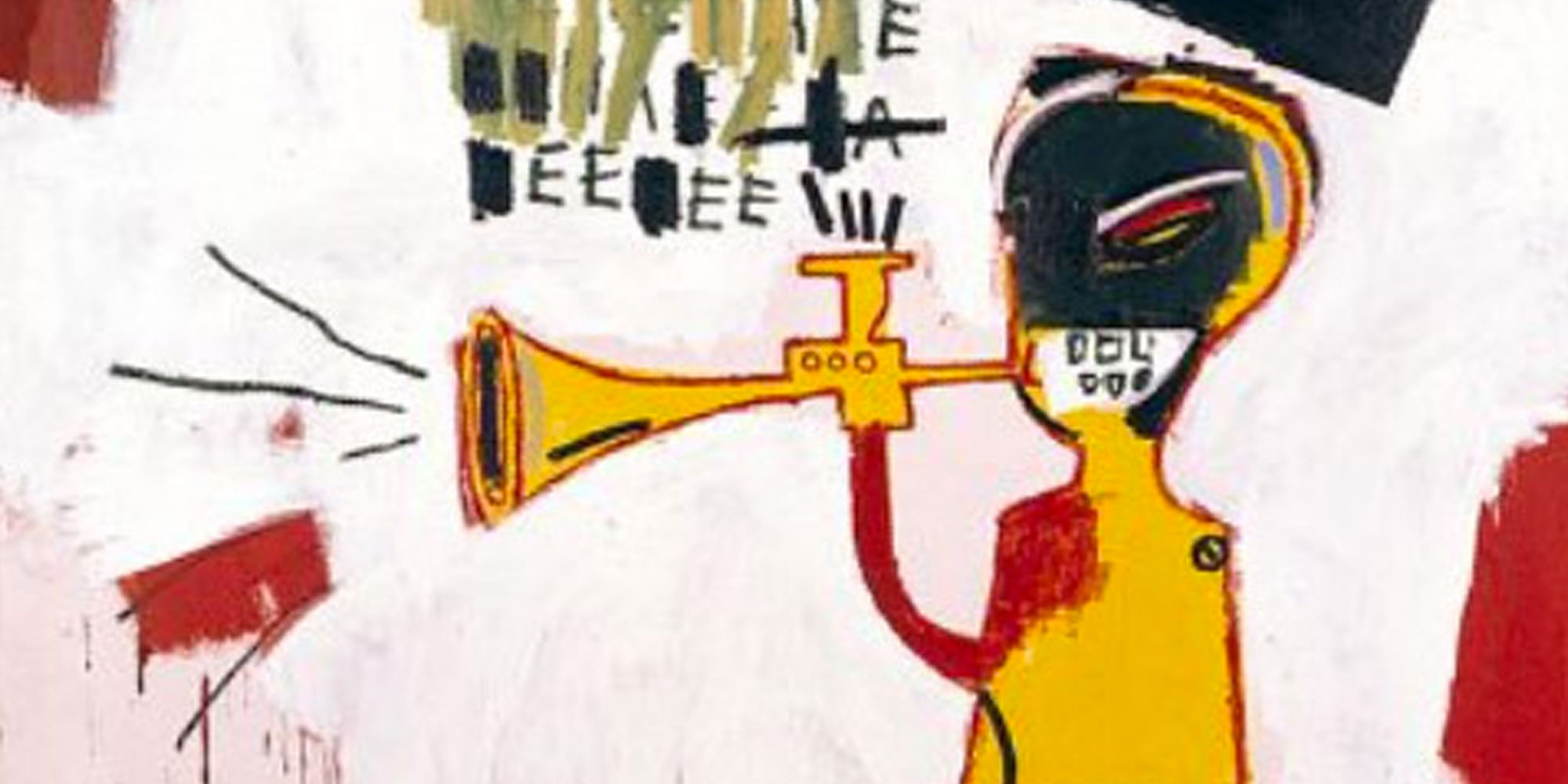Today’s music culture is vastly different than the one our parents grew up in. It’s even vastly different than the one we grew up in. In the last decade we’ve moved from physical to digital music, purchasing to stealing, and from owning to subscribing.
The subscription boom has produced an outpouring of streaming sites all trying to get a slice of the pie. Spotify, Apple Music, Bandcamp, Pandora, Soundcloud, Youtube, iHeartRadio, Rhapsody, Slacker and Google Music: I’ve used over half of them, and I’m not alone. Us ~shudders~ millennials stream more than anyone because we want all the music all the time.
Retrospectively, this transition—broken music-purchasing system to membership-oriented streaming sites—seemed inevitable. People never wanted to steal music, but flawed economics forced their hand.
The old way of charging for individual songs and albums makes tautological sense: you should pay for what you get. But it failed to acknowledge the subtle psychology of the art-consumer market.
Consumers consider art overpriced, and reasonably so. Art valuation is a complicated system that utilizes an odd pricing matrix. Unfortunately, the average consumer mistakes these prices as arbitrary—numbers picked out of thin air. Compared to goods whose value is based on the expense of their production (labor and materials), art pricing seems ambiguous.
Consumers understand the cost of a yo-yo has to cover the production materials and the labor needed to make it, so $3 covers wood, string, glue, assembly and shipping, plus a small profit. That rationale flounders with art, including music. Music pricing accounts for more than labor and materials—it charges for the intangible creative component.
In the economics of art, labor and materials represent very little of the total cost. Especially with digital music, there is almost a complete lack of physical materials. Combine that with the fact that labor and production expenses for music occur once, up-front, and then never again, it seems reasonable to think that music is overpriced. If an album costs 50¢ to produce, why pay $10 for it? What are you paying for?
It has historically fallen to the creative component of the work to “justify” its price, but unfortunately for musicians that rarely worked. Despite thinking “Salad Days” was a priceless work of art, I refused to pay $11 for it.
Fucked up or not, the natural inability to understand the rightful value (read: price) of music left consumers feeling ripped off, leading them to pirating. People wanted to pay for music, but they didn’t want to feel like they were paying too much.
Streaming services fixed that dilemma. Compared to the old system, paying $10 for unlimited music access seemed like stealing. As a consumer, you feel like you’re getting a good deal and are happy to make the purchase. However, this change in music industry economics required another shift, this one psychological.
Gone are the days of owning music. Streaming provides access to music, not possession of it. Customers may have felt scammed under the former system, but at least they owned their mistakes after purchase.
I remember that fundamental difference barring me from adopting Spotify: I wanted to own the music, not just listen to it. Deep down, the American in me felt uneasy about paying for something that I didn’t completely control.
Giving up ownership was a tough pill to swallow, but it wasn’t the only one: I was also giving up free music. For years I’d illegally downloaded music with no repercussions, just like everyone else. I did it because I had no money and I felt music was overpriced anyway.
I felt bad about it, but my desire so vastly outsized my wallet’s capabilities that I was left with two options. I could curtail my music consumption—which was out of the question—or steal it.
Eventually, the ease of streaming won me over. Pirating took time and required constant updating as new music came out. It also carried the risk of viruses. I was happy to switch to a service with a nominal fee that gave me convenient access to an unlimited selection of music. And as soon as that thought entered my head, the competition was over; streaming had won me.
One year ago I was paying nothing for my music but owned it, and now I was paying for my music but didn’t own it—what had happened? And more importantly, why was I okay with it?
It all begs the question: is music ownership dead? Looking at my library, I realize I hardly add anything to it unless I’ve bought the physical copy, an occurrence that’s becoming exceedingly rare. The last physical form of music I bought—CD or vinyl—was “My Beautiful Dark Twisted Fantasy.” And although I have bought digital albums as recently as “Carrie and Lowell,” I do so only when I want to show support to the artist.
Even that sentiment, though, is quickly fading. When “Barter 6” came out, I streamed it the day of; when “Currents” was released, I checked for it on Spotify, and when Frank Ocean finally releases his album, I’m going to listen to it on Apple Music. A year ago I would have pirated these, maybe even bought them. Now? I get them all for $7.99 a month.
It seems increasingly obvious that music ownership will soon be dead. But does it matter anymore? So long as we can access streaming sites, the modern consumer has more music at his disposal than ever before, and for less money.
Internet access will be written into the Bill of Rights any day now, and public Wi-Fi looks to be a municipal service soon. So congratulations, music streaming services, you’ve taken away our private libraries, forced us to pay for music, and gotten us to thank you for it. How you’ve done it, I don’t really know.
















